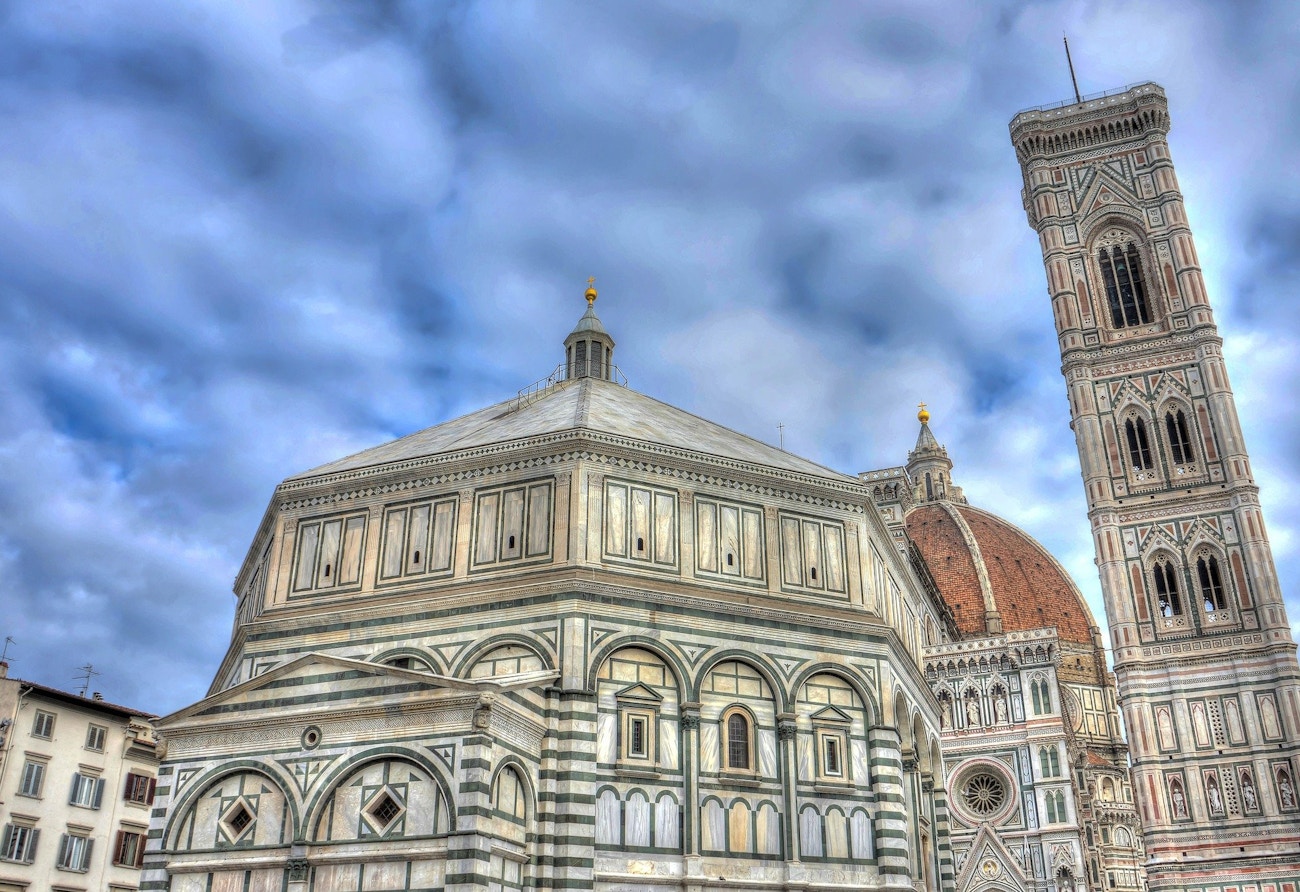Hampshire, and the rest of the UK, has an abundance of charming listed buildings. In fact, there are over 400,000 listed buildings in England alone.
Listed buildings are considered extremely important to the nation, and thus have additional legal protection within the planning system.
According to Historic England, a building “is listed when it is of special architectural or historic interest considered to be of national importance and therefore worth protecting”.
When a new owner comes to be the keeper of a historic property, it can be a challenge to preserve the character of the building, whilst still updating it so it can be enjoyed with the benefits that technology brings.
In this blog, our lighting design team discuss how we can safely light a listed property to adapt it to the modern era, without recklessly damaging the historical characteristics of our buildings.
Can you install new lights to a listed property?
Internal lighting
Any new lighting design plan needs to take into account the building’s internal layout, and any historic interior decoration.
If there is any indication that early gas or electrical light fittings have survived, these should be left in position (wherever possible) and ideally be incorporated into the new lighting scheme.
A general rule to remember is this.
The planning officers will want to maintain the historic fabric and context of the building.
So, if you have acquired a listed property to renovate, and you’d really love to install some stunning ceiling lights where there were none previously, it’s unlikely you would receive approval for such lighting. However, there are usually exceptions for areas such as kitchens and bathrooms.
External lighting
Before installing external lighting to any historical structures, consideration must be given to the following:
- Where is the building located? Is it rural or in an urban area?
- How much of the building really needs to be lit?
- Consideration of any neighbouring properties that may be affected by external lighting being added.
Listed properties and historical buildings are typically very popular and acknowledged by local people in town and city centres.
It has been established that lighting design in a historic building, such as a church, can elevate its presence in the community.
However, it should be noted that external lighting, if done poorly, can have the opposite effect, by enhancing the negative features and therefore affecting the community view of the building.
Lighting design schemes must not only illuminate the building, but make the property look better, assist in making visitors and the community feel safe, boost the area’s identity, and only use light where needed.
Lighting design considerations in a listed property
There are several design considerations when it comes to planning a new internal lighting design scheme for a listed building. When preparing a design, you’ll also need to think about:
- What is the design or the room or building?
- What activities will be taking place in the room or building?
- Are there any existing lighting fittings of historic interest? Can they be salvaged or reused in the new scheme? If not, what will happen to them?
- What grade is the listed building?
- Is the interior already decorated with historical or delicate, light-sensitive fabrics?
- Will any pictures be illuminated?
- Are dimming capabilities required?
- Is emergency lighting needed?
- Are lighting controls required?



